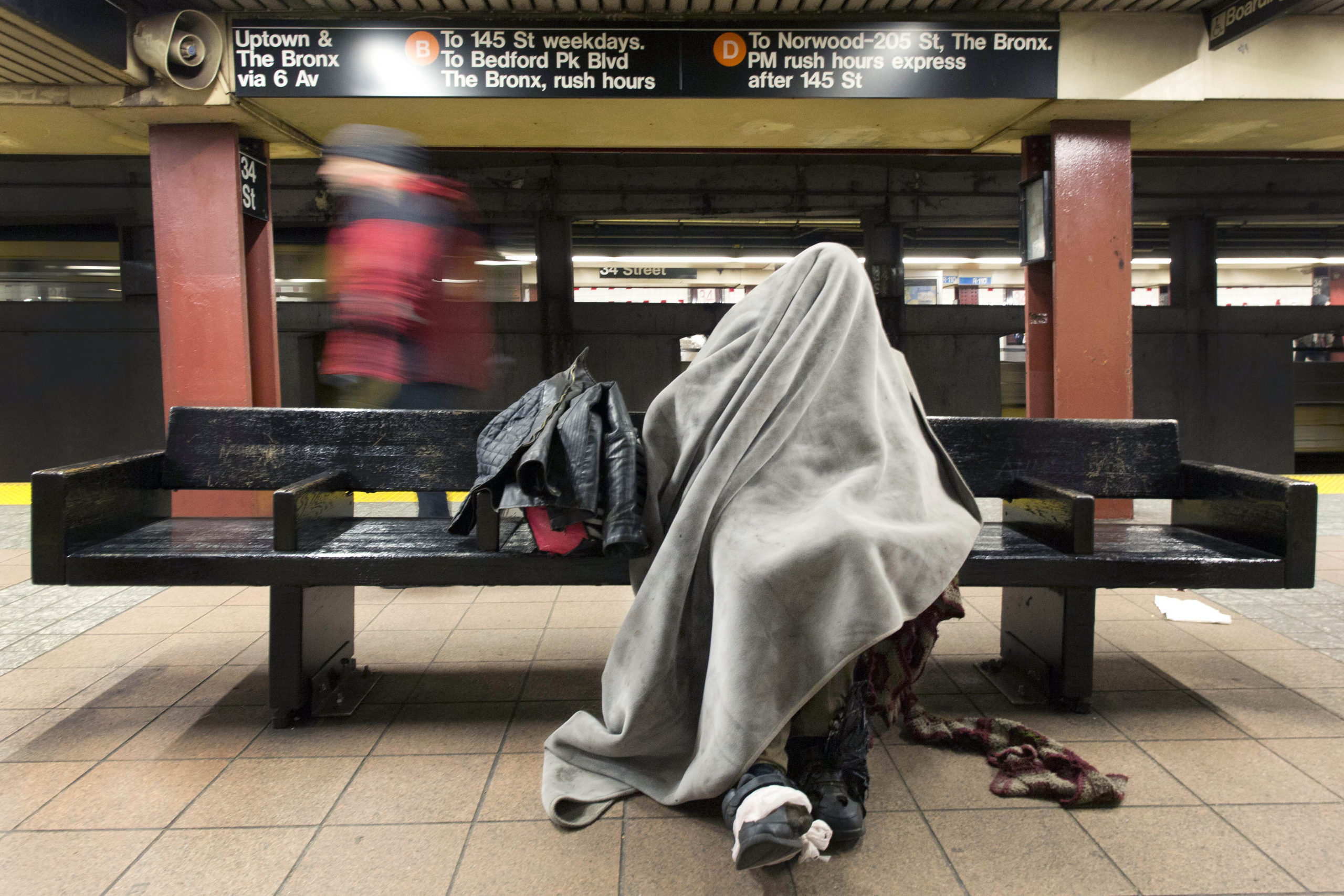City ‘Subway Safety Plan’ Includes Humane Treatment for Homeless, Mentally Ill But Stresses That Transit Exists `for Paying Customers’

In the wake of a rise in subway crime during the past year, Mayor Eric Adams, along with Gov. Kathy Hochul, went to the Fulton Street transit complex on Friday to announce the Subway Safety Plan, an initiative to help reduce crime and homelessness within the city’s transit system.
Transit crimes are up 65 percent this year compared to last year, according to official statistics.
The new plan includes pairing expanded outreach teams with NYPD officers and clinicians, and additional housing and mental health resources. It also outlines long-term system improvements through changes to state and federal laws to connect more New Yorkers to the care they need.

Brooklyn Boro
View MoreNew York City’s most populous borough, Brooklyn, is home to nearly 2.6 million residents. If Brooklyn were an independent city it would be the fourth largest city in the United States. While Brooklyn has become the epitome of ‘cool and hip’ in recent years, for those that were born here, raised families here and improved communities over the years, Brooklyn has never been ‘uncool’.